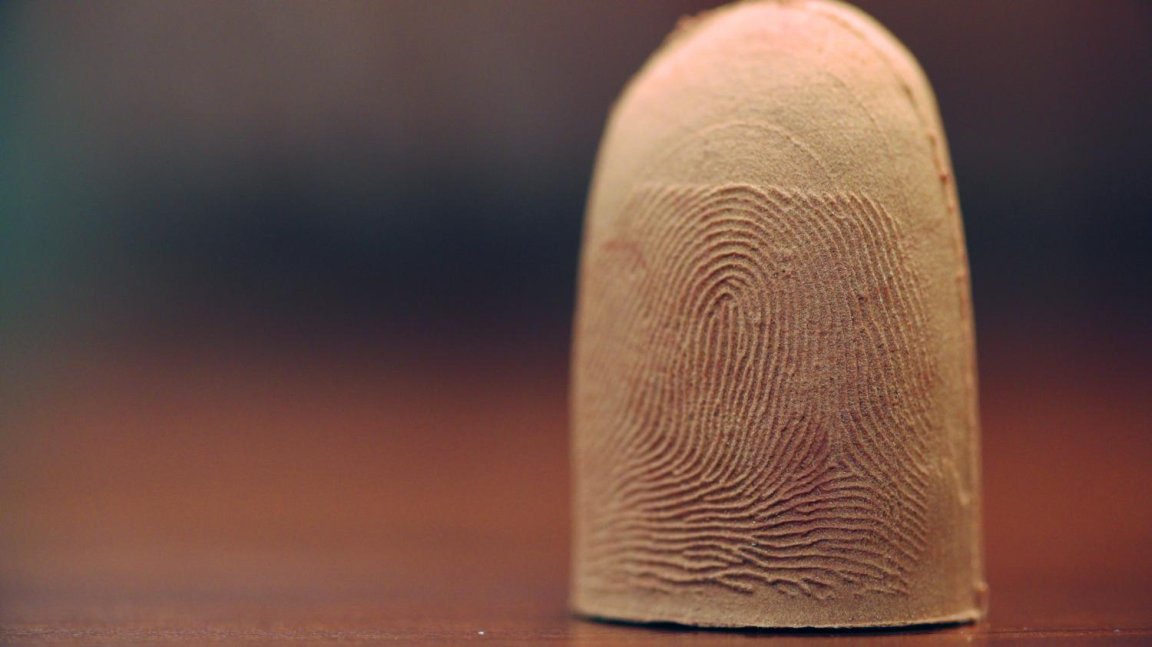
Fake Fingers
If you’ve ever seen a grisly spy movie (or the most recent season of Orange is the New Black) you might be familiar with the concept of cutting off or otherwise erasing one’s fingerprints in order to outwit a fingerprint scanner. Whether it be the entrance to a top-secret lair containing priceless research and intel, or simply the fingerprint scanner on your iPhone, we often trust our digits to provide a unique signature capable of securing our most priceless information. While the method of severing fingers or fingerprints is not the most typical and preferred method of most identity-thieves, fingerprint scanners remain susceptible to hacking.
To determine how secure fingerprint scanners really are — and potentially improve them — a team of researchers at Michigan State University, lead by biometric expert Anil Jain, have designed fake fingers (known as “spoofs”) to test the two most common types of fingerprint readers’ ability to prevent what is known as “spoof attacks.”
These fake fingers are made of conductive silicone, silicone thinner, and pigments. The team also designed the entire fabrication process in hopes that their unique materials and model could help improve the quality assurance of fingerprint scanners.
According to Jain, “What makes our design unique is that it mimics a real finger by incorporating basic properties of human skin…This new spoof has the proper mechanical, optical and electrical properties of a human finger. Compared to current fake fingers that only contain one or two of these properties, our new version could prove much more challenging to detect. It will help motivate designers to build better fingerprint readers and develop robust spoof-detection algorithms.”
Future Security
As our devices improve, the different technological aspects of our life — everything from our phones to our cars — will grow in their capacity to hold information. Every detail of our personal, financial, and professional lives are contained in ways that we typically trust to be secure. But often, when we find that our information is not as secure as we had hoped, it is because it has been stolen or compromised. Methods like those innovated by Jain’s research team could help to monitor and test security systems such as fingerprint scanners to continually ensure that they are, in fact, keeping our information safe.
Some fingerprint scanners use optical sensors and light rays, while others use capacitive sensors and electrical currents, to create images. The technique of using specially designed fake fingers will test both types of sensors, covering the entire spectrum of scanners that currently exist.
Jain emphasized the importance of this research to all who hold their information dear, “Given their unique characteristics, we believe our fake fingers will be valuable to the fingerprint recognition community…Consumers need to know their fingerprints and identity are secure, and vendors and designers need to demonstrate to the consumers the technology is not only accurate but also resilient to spoof attacks.”